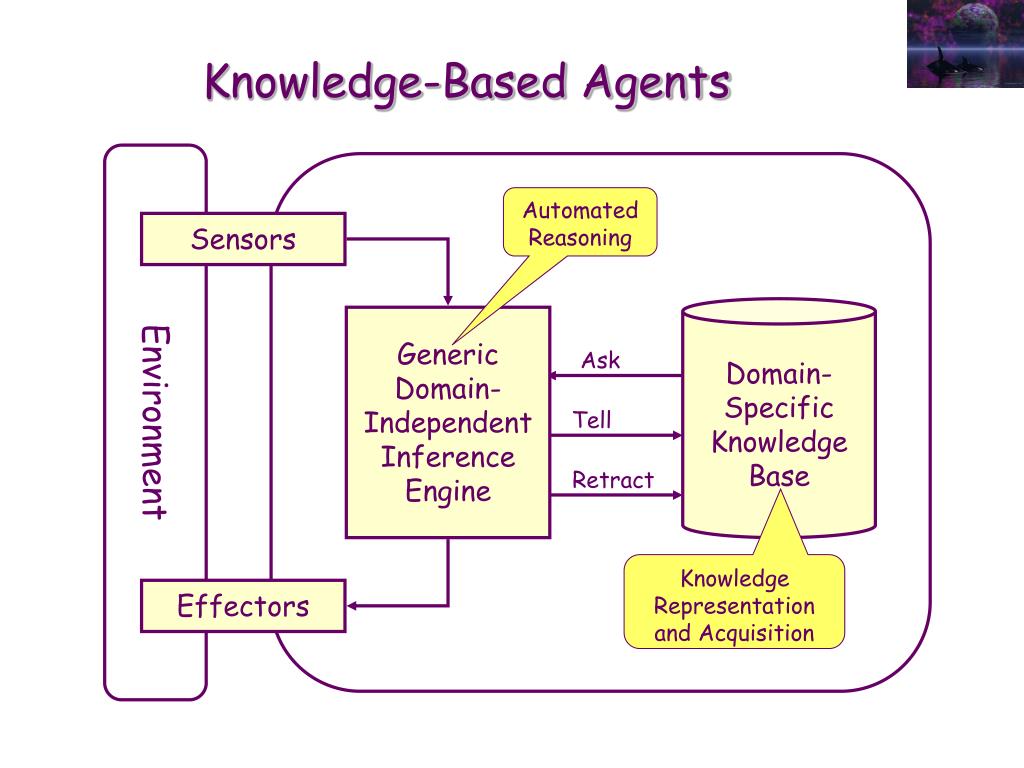Intro
AI agents are more than just another tech trend — they’re quickly becoming integral to how we interact with technology. From chatbots that handle customer service inquiries, to voice assistants that control our smart homes, AI agents have the potential to make our lives simpler. But without thoughtful design, these interactions can become frustrating or even feel downright robotic. In this post, we’ll explore why proper Product Design is paramount when building AI agents. The complexity of AI’s underlying algorithms doesn’t give designers a free pass to ignore user experience principles; in fact, it makes them even more important. Let’s dive into the value of great design in this emerging field.
Defining AI Agents
What They Are
In simple terms, AI agents are software entities capable of decision-making and actions based on data inputs and learned patterns. They can take many forms:
• Chatbots: Text-based agents on websites or messaging apps.
 • Knowledge Agents: Can answer questions based on pre-programmed knowledge.
• Knowledge Agents: Can answer questions based on pre-programmed knowledge.
 • Voice Assistants: Spoken interaction through devices like smart speakers.
• Voice Assistants: Spoken interaction through devices like smart speakers.

Why They're Differents
Unlike traditional apps that follow a strict path or sequence, AI agents often rely on dynamic, evolving data. This means their responses and capabilities can change over time. While that’s a huge advantage (they can learn and improve), it also means the user interface and experience need to account for unpredictability.
The Crucial Role of Design
Handling Complexity with Simplicity
AI can seem intimidating. When a product claims to be “powered by AI,” users might expect it to do everything perfectly—or feel nervous about its capabilities. Good design helps manage these expectations by presenting complex technology in approachable ways. Clear, concise interfaces set realistic boundaries for what the agent can and can’t do.
Building Trust and Confidence
Users need to trust that the AI agent will perform tasks reliably and ethically. Visual cues, straightforward language, and transparent disclosures (like “This is a bot” or “Your data is kept confidential”) go a long way. When users understand how the system works—and where its limitations lie—they’re more likely to engage confidently.
Humanizing the Experience (Without Losing Authenticity)
Some AI agents strive to mimic human behavior, while others maintain a more robotic persona. Either approach can be effective, but it’s crucial to be consistent. If the agent claims to be almost human-like, the user will expect it to keep up that persona. Inconsistencies can break immersion and lead to distrust.
Key Areas to Focus On
User Flows & Interactions
• Does the AI agent initiate conversations at the right time?
• Is there a clear fallback for user questions the agent can’t handle?
• Are the steps for accomplishing tasks intuitive and friction-free?
Error Handling & Edge Cases
• How does the AI agent communicate mistakes or misunderstandings?
• Are there gentle ways to prompt users to rephrase or clarify?
• Does the UI provide a graceful exit or handoff to a human when needed?
Feedback & Adaptation
• Encourage users to give feedback on whether the response was helpful.
• Design prompts that let the AI agent learn and refine its future interactions.
• Show users that the agent is improving over time—acknowledge updates.
Real-World Examples
Customer Service Chatbots
Many companies use chatbots to handle common inquiries. A well-designed bot can:
• Greet users with a friendly, on-brand tone.
• Offer quick replies to frequently asked questions.
• Seamlessly transfer complex issues to human reps, if necessary.
Voice Assistants
From Alexa to Google Assistant, voice UI design needs to consider:
• Conversational flow: Does the assistant ask for clarification in a natural way?
• Context awareness: Can it remember what you said earlier in the conversation?
• Silent feedback: How does a user know the assistant is “thinking” without a visual UI?
Recommendation Systems
Recommendation systems need to:
• Present options in a clear, user-friendly way.
• Account for user preferences and preferences.
• Show users that the system is learning and improving over time.
The Bigger Picture: Ethical & Inclusive Design
Bias in AI
Because AI agents often learn from existing data, there’s a risk of perpetuating harmful biases. Designers must collaborate with developers to identify and mitigate these biases. For instance, if an AI agent tends to misinterpret a certain accent, that’s a design challenge—how do we ensure the system is fair and inclusive?
Accessibility
AI agents have the potential to be great equalizers, providing assistance through voice for those who can’t see or offering chat for those who can’t speak. But this inclusivity only works if we design for it deliberately.
That's a wrap
Designing for AI agents is an exciting new space in product design. It requires balancing complexity with simplicity, fostering trust through transparency, and always keeping the end-user’s needs at heart. In the upcoming posts, we’ll delve into the nitty-gritty of designing conversational interfaces, building trust and transparency, and responsibly handling user data.
Stay tuned as we continue this journey into the world of AI agent design. The future holds countless opportunities—and a few challenges—for designers ready to embrace the possibilities of intelligent, adaptive user experiences.
Sergio